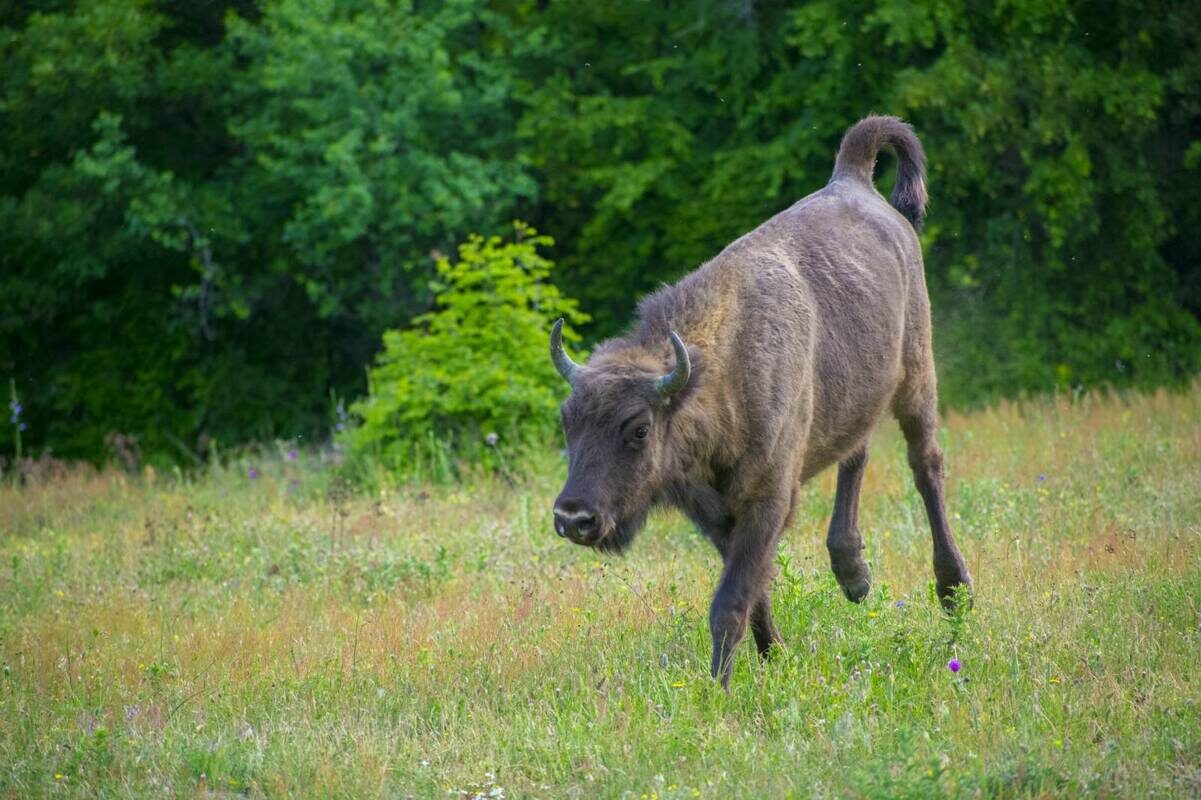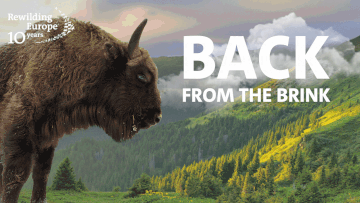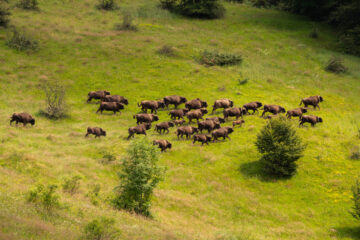The European rewilding movement has come a long way since Rewilding Europe was founded in 2011. A series of features will examine how the impact of rewilding has grown over the last decade, starting with a look at European bison.

Game-changing potential

Over the course of the last decade, rewilding has had an increasingly beneficial impact on landscapes and lives across Europe. To coincide with the initiative’s ten-year anniversary, Rewilding Europe is running a series of features about the growth of rewilding impact in Europe since 2011, including in its own operational areas. The series kicks off with a feature story on the European bison, which has made a remarkable comeback since its near extinction at the start of the twentieth century.
“The ongoing recovery of the European bison is just one example of how rewilding can be a transformative force for good – both for nature and for people,” says Rewilding Europe Managing Director Frans Schepers. “As these stories will demonstrate, rewilding has shown us its huge potential over the last 10 years. We now have a great base from which to kick on, scale up the process and amplify its positive impact over the next decade.”
Back from the brink

The bison impact feature comprises a range of insightful stories, maps and infographics that illustrate the growing impact of bison rewilding over the last 10 years. During this time the free-roaming European bison population has increased from 2579 to 7000 individuals, with bison rewilding initiatives multiplying across Europe. A milestone moment in the comeback of the European bison came in 2020, when the animal’s status was moved from “Vulnerable” to “Near Threatened” on the Red List of Threatened Species, which is produced by the International Union for Conservation of Nature (IUCN).
Having launched in 2013, the European Rewilding Network now contains 13 members involved in bison rewilding, including the Southern Carpathians (Romania) and Rhodope Mountains (Bulgaria) rewilding areas. The greatest impact of Rewilding Europe’s own bison rewilding efforts has been felt in the Southern Carpathians, where reintroduction efforts carried out in cooperation with WWF Romania mean there are now over 100 free-roaming animals. These bison are not only enhancing local biodiversity but playing an increasingly important role driving local socio-economic development.
